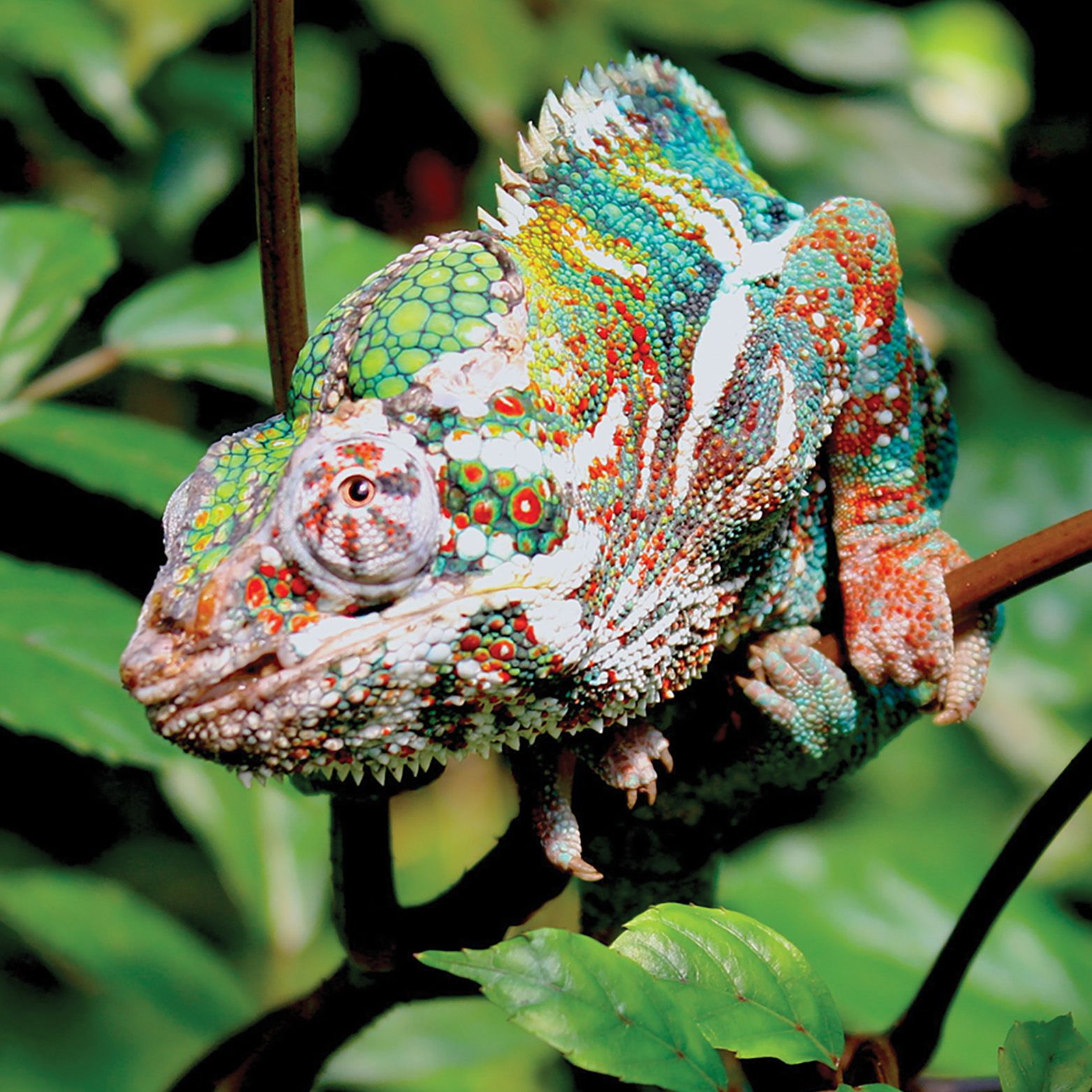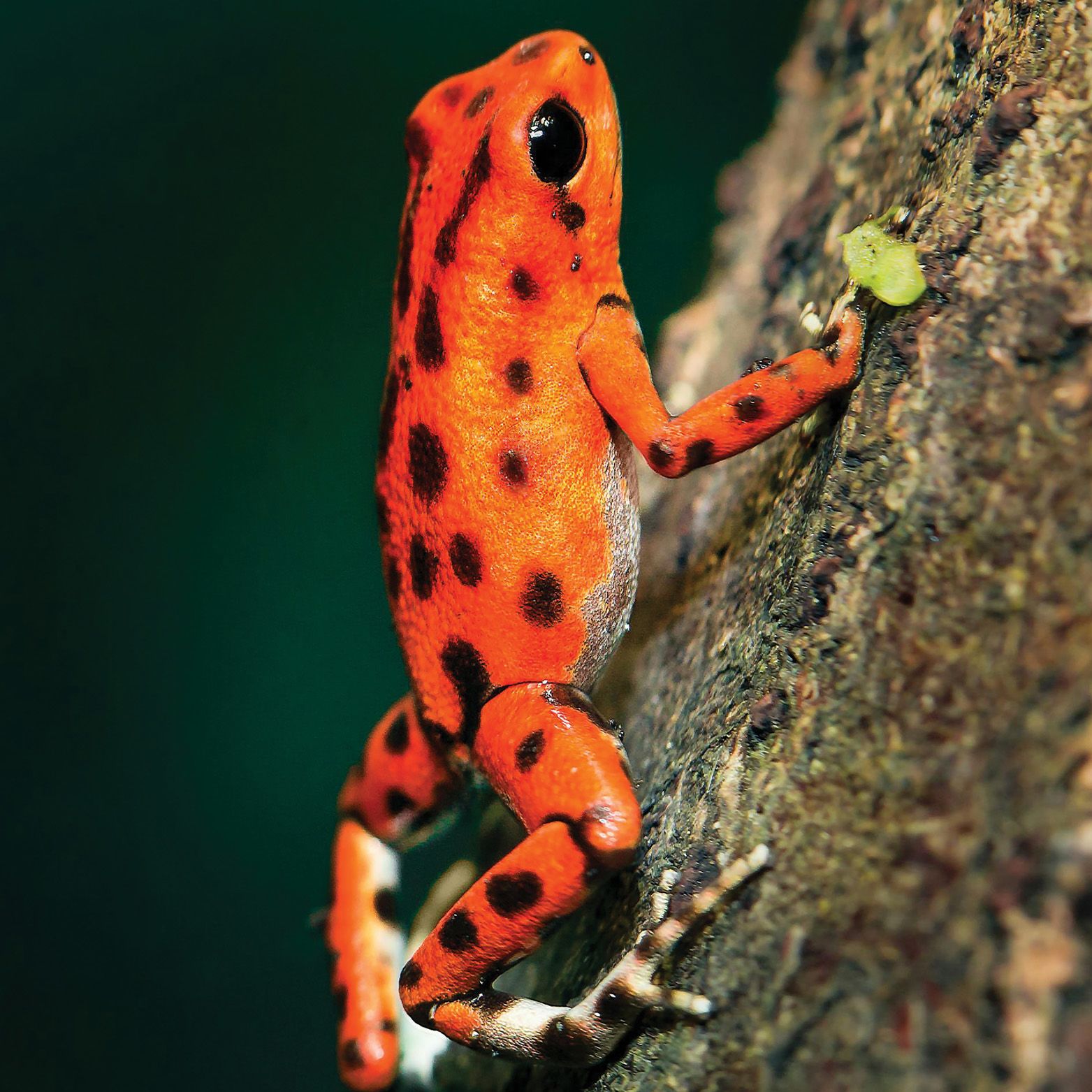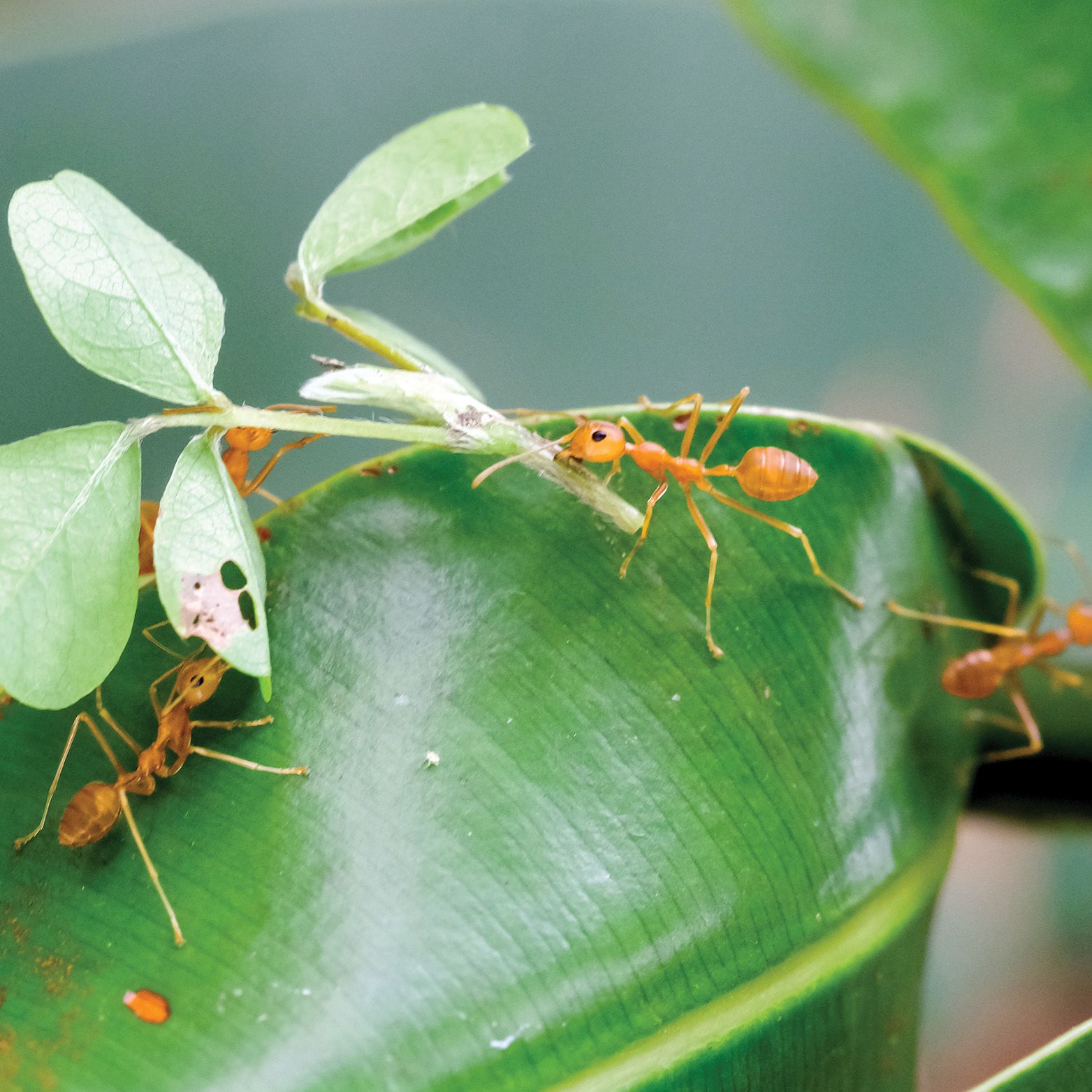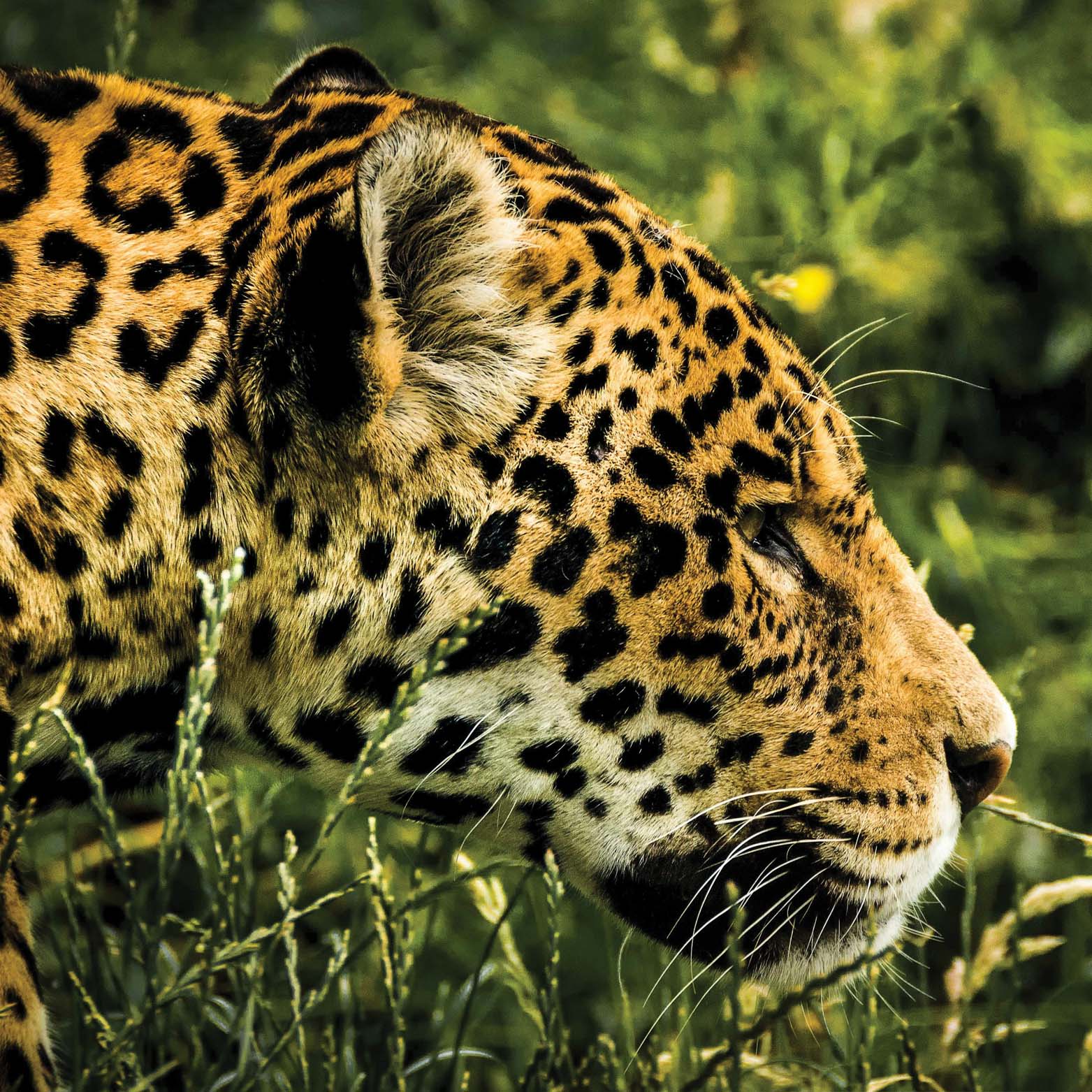Exploring the AI Jungle
Explaining some basic facts about how a type of AI called Generative AI could be used in schools.
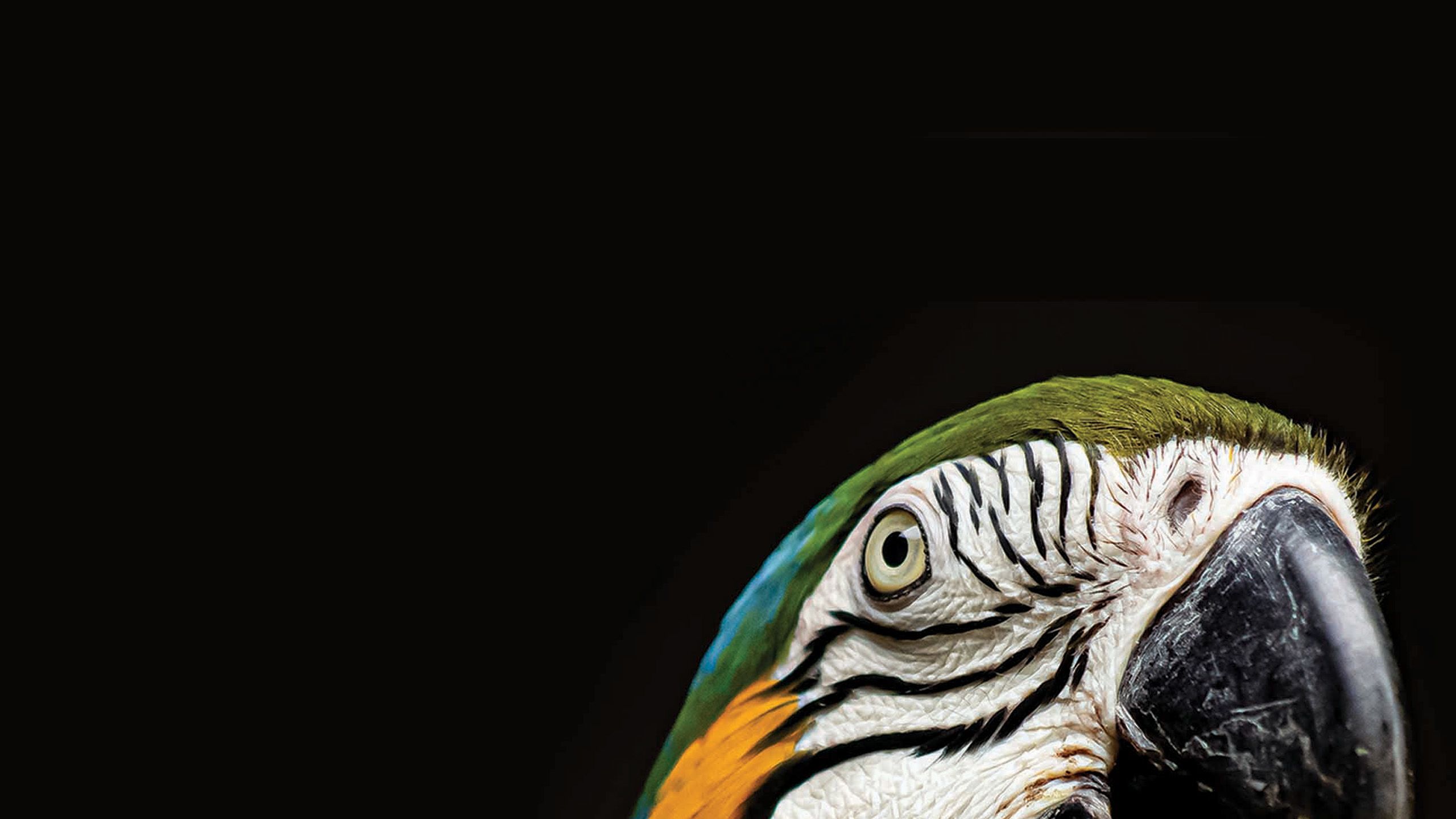

There’s a lot happening with Artificial Intelligence (AI) systems right now.
In the past few years, they have suddenly become much more useful, and are now better at some tasks than some humans. However, at the time when we wrote this, there are no AI systems which can do all the tasks that humans do better than all humans. And AI systems still make a lot of mistakes. Perhaps you have heard about advances in AI in the news or tried out new AI systems like ChatGPT yourself. It can be a bit confusing because there is a lot of jargon and hype about AI, so we wrote this to explain some basic facts about how a type of AI called Generative AI could be used in schools.
Why Jungle Animals?
You might wonder why our book about AI is bursting with jungle animals. When we started working on the book, Laura had just finished talking to twenty-four people whose job it is to consider how AI could be used in schools. They told Laura that it is exciting, with lots of new ideas to explore, but that there are some dangers that we need to be aware of. One of them said it was like a jungle. That set us thinking!
Jungles are wonderful places, full of intriguing creatures and plants with interesting behaviour. What if thinking about the unexpected ways that the living creatures which inhabit the jungle behave and interact could help us understand AI systems?
We know that AI systems aren’t literally owl butterflies or chameleons, but sometimes comparing one thing to another in a metaphor can encourage us to think in a new way.
AI systems make up a new technological world to explore. We can learn a lot by exploring it, just as we have learned from exploring jungle habitats.
AI systems make up a new technological world to explore. We can learn a lot by exploring it, just as we have learned from exploring jungle habitats. For example, jungles contain plants that can benefit humans. According to the US Forest Service, forty percent of medicines you find at a Western pharmacy are derived from plants. Already, we can see benefits from AI systems that help people learn or diagnose diseases or tackle climate change.
Potential benefits, potential harms
Just as a jungle may have hidden dangers, AI systems can cause harm if we don’t take care. We’re not suggesting that robots want to kill us but AI systems can be used in a way which makes human unfairness worse. For example, if an AI system has been trained on a biased dataset, it can then make biased decisions which affect people’s lives if it is used in a bank, in education or healthcare or by the police.
A jungle is an ecosystem that has evolved over millions of years. The plants and animals were not designed by anyone – they adapted to survive and thrive in their environment, with some trial and error along the way. GenAI is different because it was designed by humans to assist humans with their work. So if we’re careful, we can design AI systems to be as helpful as possible to humans while causing the least harm.
Respect our environment
We can make sure that as we explore the new world of AI, we don’t repeat our previous mistakes: this time we should respect the environment. Humans are responsible for damaging precious jungle ecosystems. Although the AI Jungle doesn’t contain real animals, AI systems do come at an environmental cost because training such powerful software needs a huge amount of electricity and water. We can work together to design AI systems which help learners in a fair and respectful way without costing the Earth.
How we wrote this
Judy wrote the main sections and then Elspeth used ChatGPT to suggest jungle metaphors to help her with the illustrations. Sometimes ChatGPT got it right, but sometimes it made silly suggestions like a mimic octopus which, as you know, doesn’t live in the jungle!
As always, when using ChatGPT, we had to check its output because even when it wrote sections which seemed sensible at first, it wasn’t accurate when we thought about it for longer. So Judy (and her friends Craig, Colton and Daniel) checked the technology bits, and Laura (who is a Zoolologist) made sure the jungle bits were accurate. We hope you will enjoy learning more about AI, and maybe more about jungles too!
— Judy, Elspeth, Laura and ChatGPT
EDINBURGH, 2024
Sometimes ChatGPT got it right, but sometimes it made silly suggestions like a mimic octopus which, as you know, doesn’t live in the jungle!
Chameleon
People have invented a new type of computer program called generative artificial intelligence (GenAI for short). GenAI can do things like writing, drawing and creating new music or movies.
Chameleons can adapt to their environment by changing colour. GenAI systems can adapt, too. For example, an image generator can generate pictures in different artistic styles when a human tells it to.
Find out about a new GenAI system which has been released recently. What can it do, and how well does it do it?
Parrot
A GenAI program that writes new articles has been trained by reading lots of articles written by humans. It knows which words are likely to appear together, but it doesn’t truly understand what it is writing about.
In 2021, an AI scientist called Emily M. Bender nicknamed GenAI systems “stochastic parrots”. “Stochastic” means “based on guesswork”. A GenAI system generates text based on patterns in data it has been trained on, with some random changes so that it does not always produce exactly the same text. Like a parrot, a GenAI system can mimic human-like text by predicting which words are likely to appear together based on its training, yet it doesn’t understand the content of what it’s generating.
Find out how GenAI systems are trained. How much training data does it need? More or less than your average parrot?
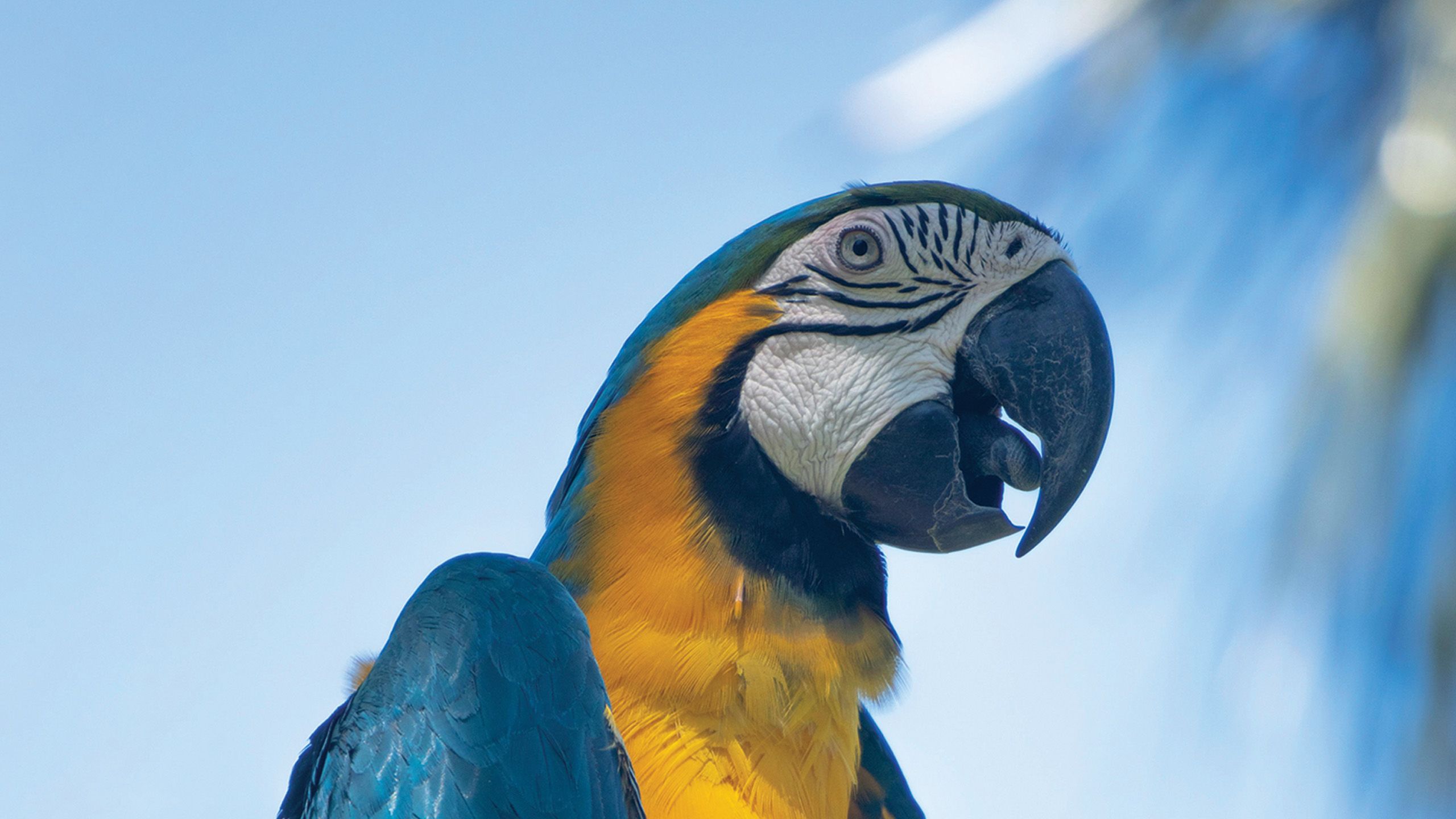
Poison Dart Frog
GenAI tools are useful and they can seem really clever but sometimes they say things which aren’t true.
Poison Dart Frogs are known for their bright, vibrant colours, which in nature often signal both allure and danger. They catch the eye and draw our attention, much like GenAI tools can seem intriguing and impressive. However, just as these frogs carry harmful toxins, GenAI tools can sometimes “poison” information with inaccuracies, even if it seems useful at first.
Find an example of misinformation generated by a GenAI tool. (E.g. search for AI, pizza and glue).
Owl Butterfly
If a GenAI program says something which isn’t true, it wasn’t lying on purpose. It has no way of knowing what is true and what is not.
Owl butterflies use camouflage without intending to deceive. Some scientists think the spots on its wings deter small predators, who tend not to go near patterns that look like eyes. Similarly, a GenAI program can sometimes provide inaccurate information, but this does not mean that it intends to deceive. All it knows about the world comes from the data it was trained on and that data may contain mistakes or misinformation.
Imagine you firmly believe that the moon is made of green cheese. How would you train an AI system to spread your cheesy word?
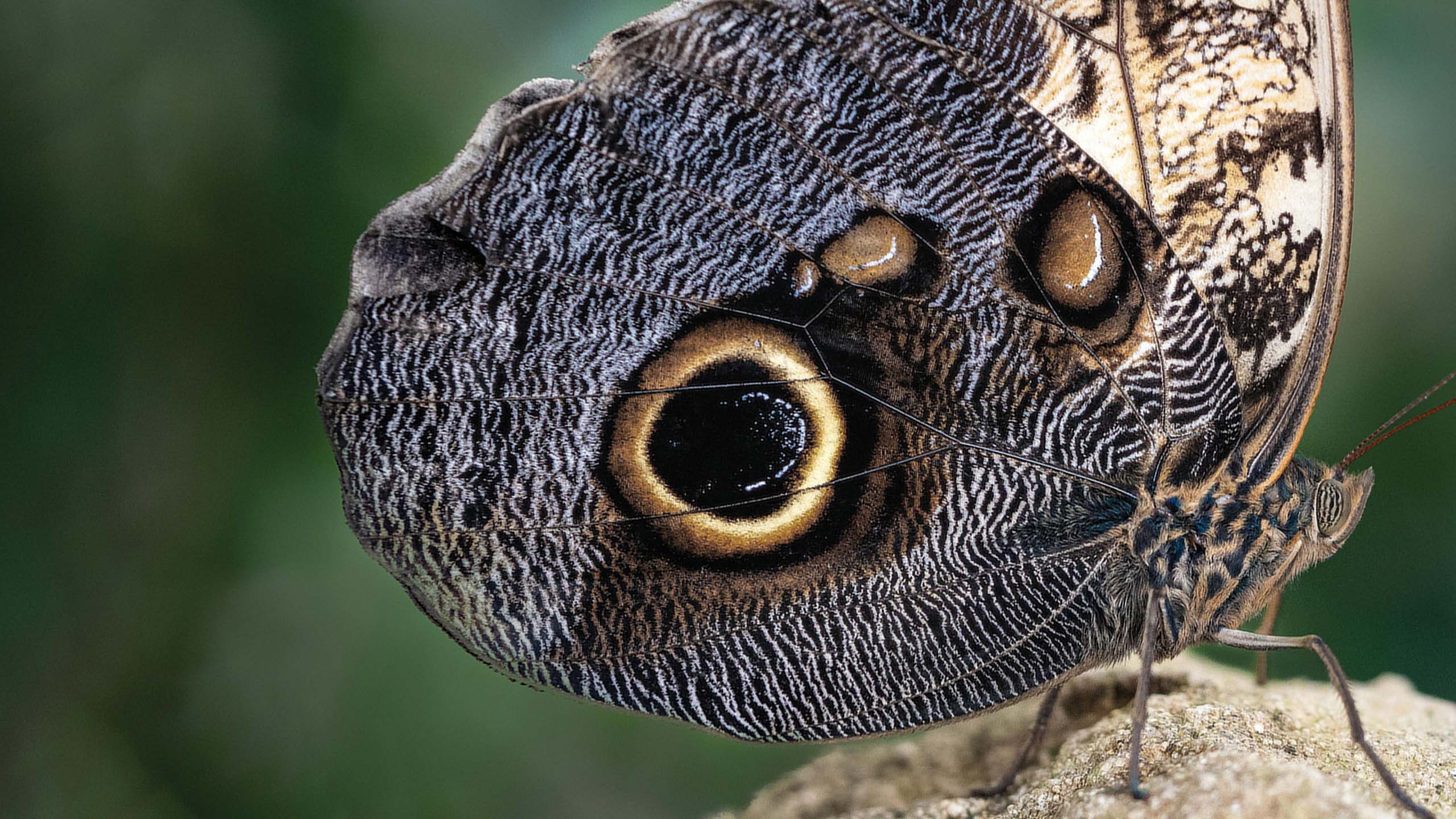
Leafcutter Ants
GenAI tools are often programmed to seem helpful and friendly. But they are computer programs, not real friends.
Both leafcutter ants and GenAI have behaviour which looks as if it driven by human emotion but is actually produced by rules. Leafcutter ants work in teams for the benefit of their colony. If you saw them working together you might think they were friends but they aren’t really. They simply behave according to biological rules in their nature. GenAI tools behave according to software rules created by humans. A GenAI tool might generate output which appears insightful, or say the sorts of things a human friend would say but it does not care about you as a human friend would.
Would you rather get advice from a system like ChatGPT or a human friend? Why? Does it matter what you need advice about?
Strangler Fig
Because GenAI is trained on things which humans have made, it often isn’t very creative. Humans usually have more exciting ideas!
Strangler figs germinate in the crevices of a host tree and grow by using the water and nutrients captured there, with the tree serving as their support structure. This is a metaphor for how GenAI systems, initially seeded by human creativity, can expand ideas but without generating truly new or original thoughts. They rely on human input, just as strangler figs rely on the resources captured by their host tree.
Find out what happens when strangler figs get really big. Do you think something similar would happen with a GenAI system?

Hummingbird
GenAI could make education more interesting and fun for all kinds of learners.
Hummingbirds are beautiful and fascinating. There are many different species of hummingbirds but they are small and hard to find. This represents how there are many different kinds of GenAI tools that can help learners in different ways. Each tool might help with only a small task and can be hidden away in a larger bit of software. Some tools might help with checking grammar, others with looking up information and yet more with making pictures or video. Hummingbirds are very fast. Their wings flutter at up to 80 flaps per second, which is a blur to the human eye. GenAI tools also work incredibly fast – faster than a human in most cases.
Hummingbirds use so much energy that they are always hungry. At night they have to slow down their metabolism, entering a torpor (like mini-hibernation) so they can last the night without a meal. GenAI systems use a lot of energy too, particularly when they are being trained on new data. Some people say they are hungry for data because so much data taken from the Internet is used to train them.
Find out what GenAI systems do when they are not being used. Is it similar to torpor? In what way?
Spider Monkey
GenAI tools can give people feedback on their work or help them to brainstorm ideas if they are stuck. Some GenAI tools can make long or complicated text easier to understand.
Spider monkeys are known for their intelligence and navigating through dense jungle. They also have very good memories. This reminds us of GenAI tools which can help learners navigate through dense information by summarizing it clearly. A GenAI tool can remember ideas it has read before to help people with brainstorming.
Spider monkeys can recognize themselves in the mirror. This suggests they have a sense of who they are. Do you think AI tools will ever have a sense of self?
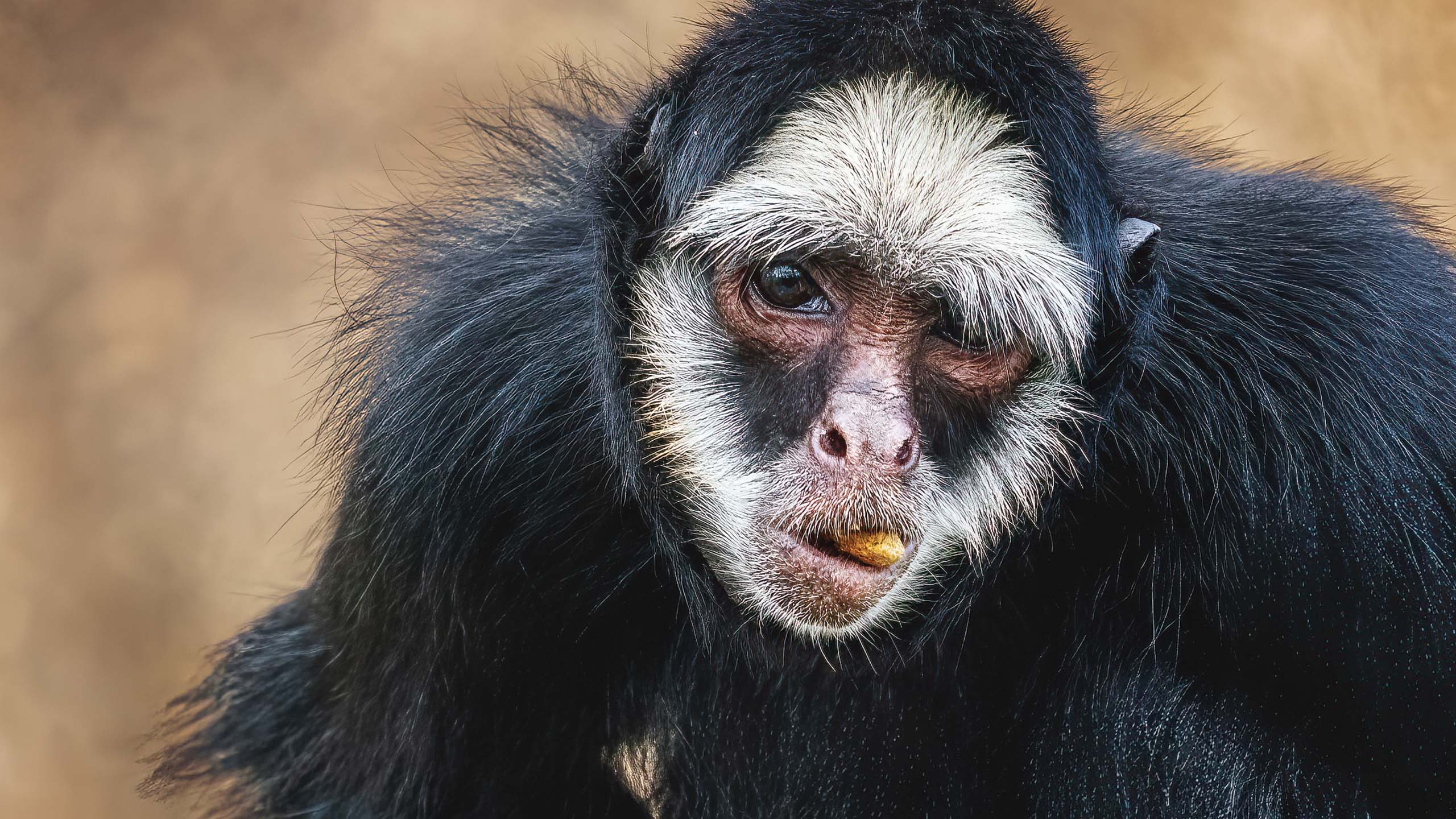
Jaguar
We have to be careful about how we use GenAI in schools so it is fair and safe for everyone.
In Ancient Mayans stories, jaguars were a symbol of both power and protection. Similarly, GenAI can be a powerful tool for learning, but we need to protect children from possible AI risks, such as inappropriate content and bias.
Find out about an AI system which is biased. What can designers do to reduce bias in their AI systems?
Sloth
At the moment, young people in Scotland can use GenAI for learning if their school says it is OK but they can’t use it for assessment in exams in high school.
Sloths are known for their deliberate and careful movement. Slowness has helped this species to survive for sixty-four million years. Sloths move slowly and don’t change much, but AI research moves quickly. Researchers have been working on AI for about sixty years, with huge advances in GenAI in the last few years. Recent GenAI tools offer new ways of learning that could change schools forever. While it’s tempting to bring them into schools in a rush, we should remember sloths and take time to think carefully about the best way to introduce them fairly. Luckily we won’t need as long as sixty-four million years to think about it!
Do you think it is fair to use GenAI tools for work which you will be assessed for? Why?

Bromeliad
Lots of adults in Scotland are thinking carefully about how AI could help children learn in schools. They want to hear young people’s opinions about this.
Bromeliads are plants which provide mini-ecosystems in tropical forests. They help to provide food, water and habitat for a wide range of forest creatures. This represents the idea that teachers and other educators need to provide a safe environment where all learners can learn with AI safely.
How would you like GenAI to be used in your school?
The authors are grateful to the Arts and Humanities Research Council and the Bridging AI Responsible Divides programme for research grant AH/Z505560/1.




